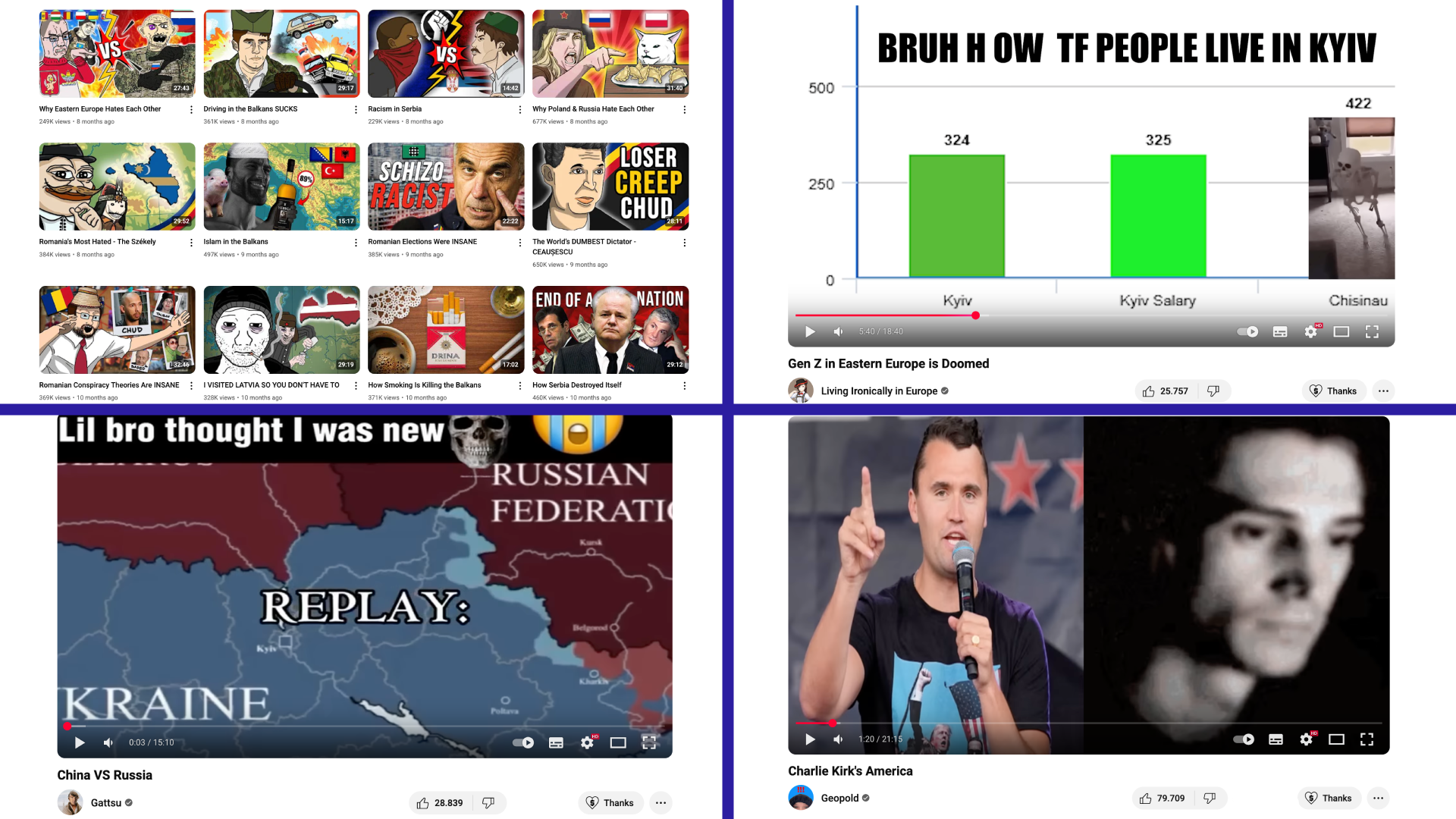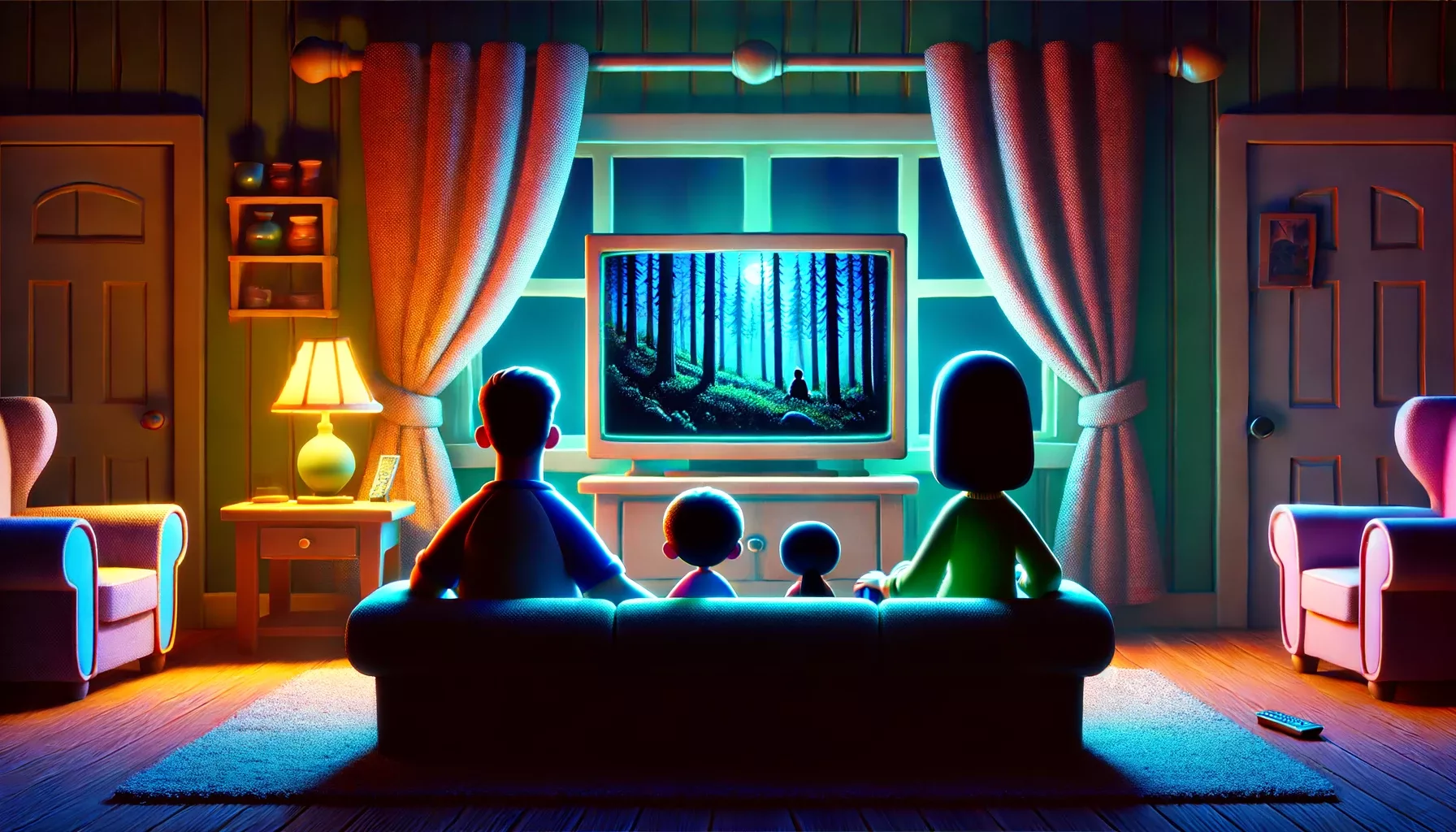Highlighting a surprising trend in dedicated online political commentary.

Attempts to reduce the barrier of entry to content by intentionally producing it in a way that makes it seem low-quality have persisted since the inception of online media. Early examples of this include the YTP genre in the 2000s in the 2010s, videos were often overloaded with visual and sound effects to be as irritating as possible.
While these examples were mostly concerned with providing entertainment, the advent of short-form video content and increased excessive social media use in the 2020s had opened up new market opportunities for fast-to-produce, low-quality content incorporating recognizable patterns (including recurring audio and video clips) to permeate all digital spaces – a phenomenon popularly referred to as brainrot content (see Yousef et al., 2025 – always nice when online phenomena make their way into academic research).
An Outline of Brainrot
Where there is a trend, adaptation and parody are sure to follow. It has been theorized that the wider spread of brainrot content in the 2020s has been driven by both demand and supply side factors: For instance, a widely-speculated decrease of attention spans and more time spent on social media could be named as drivers of demand for higher amounts of easy-to-digest videos.
On the supply side, affordances of social media platforms designed to make video creation appealing to amateurs, along with easier-to-use editing tools and advances in generative AI, have opened the floodgates to an online ecosystem where millions of creators compete for virality, which, in a misappropriation of Charles Darwin's findings, could be called a "survival of the fastest."
The result has been a cacophony of creative practices that "(1) are childish or unserious, (2) provide no cognitive or developmental benefit, and (3) are deliberately non-productive" (Owens, 2025). Interestingly, since 2022, the same brainrot design principles of fast-paced cuts, loud and recognizable sound effects and popular video clips have been increasingly successfully applied to a genre that typically strives for the opposite effects as those described by Owens.
Different Styles Of Documentary
This trend is evident in the genre of political documentaries, which typically aim to educate viewers about the causes and consequences of current political events, including aspects such as living standards, political history, and cultural issues. Traditionally, such productions seek to appear as professional and high-effort as possible to establish credibility with audiences (Canella, 2023).
Given their reliance on professional testimonialism, along with their length and the substantial research they require, political documentaries might seem ill-suited to the adaptation of brainrot content design. Nevertheless, YouTubers such as Living Ironically in Europe, Gattsu, and Geopold have pursued precisely this approach, with increased success after the year 2022.
In their videos, which typically run 15–30 minutes, the three YouTubers discuss historical, economic, and cultural events currently shaping select countries. Rather than emulating the polished professionalism typical of the genre, they incorporate meme sound effects and clips (often sped-up or shown in distorted aspect ratios) on a more deliberate and expansive scale than the short-form videos that popularized the style, signaling its use as a stylistic device rather than a simple editing shortcut.
Authenticity Above All Else

In doing so, they likely aim not only to appeal to contemporary audience sensibilities, such as the frequently noted decline in attention spans, but also to highlight another key aspect of political communication that has proven crucial for building trust in both official (i.e., party- or candidate-driven) messaging and independent commentary: Authenticity (Luebke, 2020).
Given their relatively young age, the creators' adaptation of the generationally-appropriate brainrot content style into a more refined, non-brainrot format may signal to viewers that their videos are "handmade", with the deliberate lack of polish fostering a sense of relatability. When watching Living Ironically in Europe, Gattsu and Geopold, rarely does half a minute pass without a loud recognizable sound effect, while the visuals frequently combine relevant footage with meme images and clips.
Further similarities between these "Brainrot Political Documentary YouTubers" include all three being European – Serbo-Hungarian, Georgian and Swedish-British, respectively –, occasionally publishing side content like travel vlogs or more "serious" documentaries and all experiencing sharp increases in viewership following the year 2022.
Part of Larger Political Trends
Said increase (the "rise" referred to in the title of article) may have been driven by major geopolitical events dominating the news cycle, such as the Russian invasion of Ukraine in 2022 and the Middle East crisis after 2023, on which the three have taken clear positions, aligning with their authenticity-driven content strategy – particularly as these conflicts have been deliberately mediatized by acting political figures, as exemplified by Ukraine's Zelensky, of whom it has been said that "never has a sitting president relied so heavily on various social apps to communicate both at home and abroad" (Serafin, 2022).
We do want to highlight that we are not accusing the trio of any deliberately malicious intentions: Whether adopted for viewership optimization or personal preference, their use of this style has proven a legitimate and widely accepted way (considering the over 226 million views accumulated by the comparatively young channels) to share their perspectives on ongoing political events.
The style does offer some clear advantages. For instance, in his video on the Balkan job market, Living Ironically in Europe conveys his view of poor working conditions not through lengthy explanation, but by flashing an image of a work contract alongside the Vine Boom sound effect, allowing the audience – likely familiar with use cases of the audio cue from actual brainrot content – to understand his message in a more efficient and engaging manner.
We are, however, interested in your opinion: Do you think this kind of style to potentially be harmful to the genre of political documentaries by sacrificing professionalism for authenticity? Or could it be a novel entry-level way of introduce the genre to newcomers? Let us know in the comments below!


































